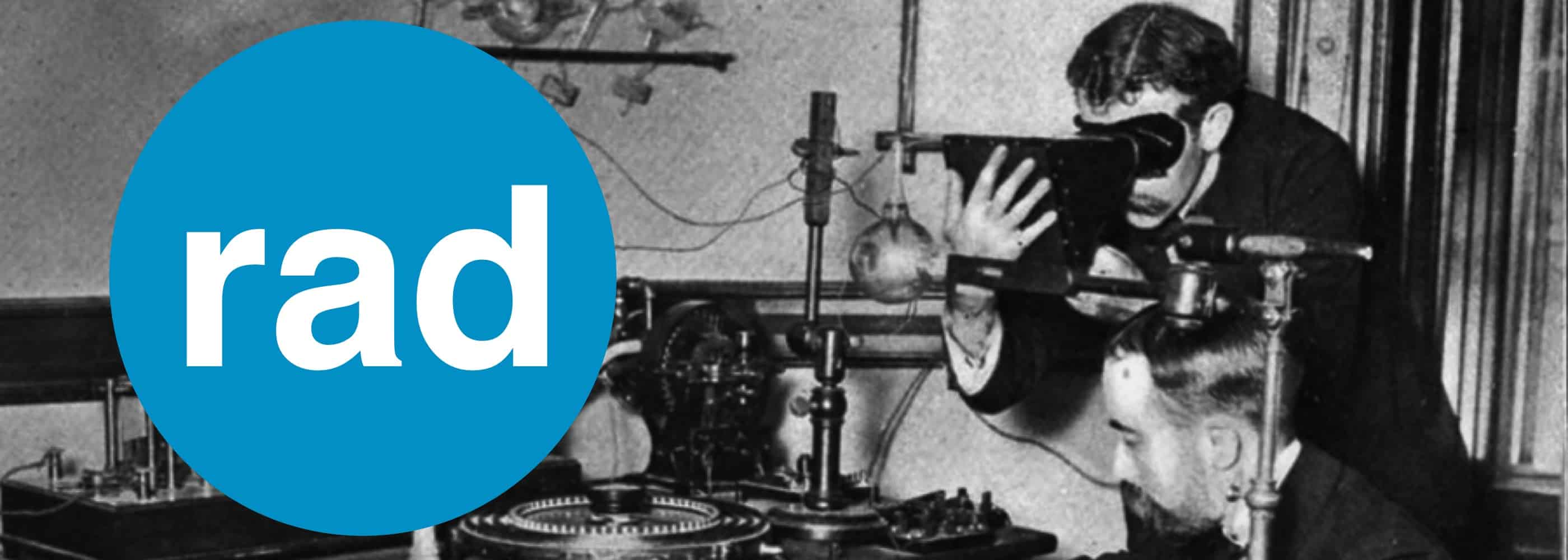Case 18 from Dimity McCracken
[az_accordion_section] [accordion title=”History” id=”acc-1″]A 27yo man presents to the Emergency Department with an out of hospital cardiac arrest. He regained spontaneous output after a prolonged resuscitative effort. The man had a long history of depression & chronic pain, but no other medical conditions. The cause of the arrest was thought to be an intentional polypharmacy drug overdose (there was a suicide note, multiple empty blister packs, & empty alcohol bottles found by paramedics). The patient had targeted temperature management to 33 degrees (as per the current ARC guidelines).
It is now day 4 post arrest. The patient is intubated in ICU, has GCS 3 despite no sedation for over 72hrs. He is otherwise physiologically normal: no inotropic requirements, good gas exchange, normal renal function etc. You are concerned he may have hypoxic brain injury & decide to get a CT brain. The bedside nurse asked if you are going to test for brain death. What do you say?
[/accordion] [accordion title=”Image” id=”acc-2″]
[/accordion] [accordion title=”Answer” id=”acc-3″]
The CT shows complete loss of grey-white differentiation. There is effacement of the subarachnoid spaces, ventricles & cisterns. This is consistent with severe global hypoxic brain injury.
In answer to the nurse’s question, you could indeed consider brainstem testing if you thought it was appropriate. Look at the resources section for more about this…
[/accordion] [accordion title=”Resources” id=”acc-4″]
*Radiopaedia excellent page on CT findings in hypoxic-ischaemic brain injury
http://radiopaedia.org/articles/hypoxic-ischaemic-brain-injury-1
* ICN Podcast: Stuart Lane on prognostication after OOHCA
*LifeInTheFastLane – Prognosis after cardiac arrest (this includes the TTM prognostic guidelines)
http://lifeinthefastlane.com/ccc/prognosis-after-cardiac-arrest/
*Oli Flower from ICN on definitions of “brain death” (or rather “neurologically determined death”) & why we need to care about what we call things
https://intensivecarenetwork.com/brain-death-terminology-change/
*Oli’s excellent podcast on what is a neurologically determined death & how we do it
https://intensivecarenetwork.com/oli-flower-on-brain-death/
*LifeInTheFastLane – how to neurologically determine death (including video of examination)
http://lifeinthefastlane.com/ccc/brain-death-care-organ-donation-patient/
*LifeInTheFastLane – how to approach a CICM fellowship exam hot case about neurological determination of death
http://lifeinthefastlane.com/ccc/brain-death-hot-case/
*Radiopaedia confirmatory angiography case which shows an absence of cerebral blood flow
http://radiopaedia.org/cases/brain-death
[/accordion] [/az_accordion_section]

























